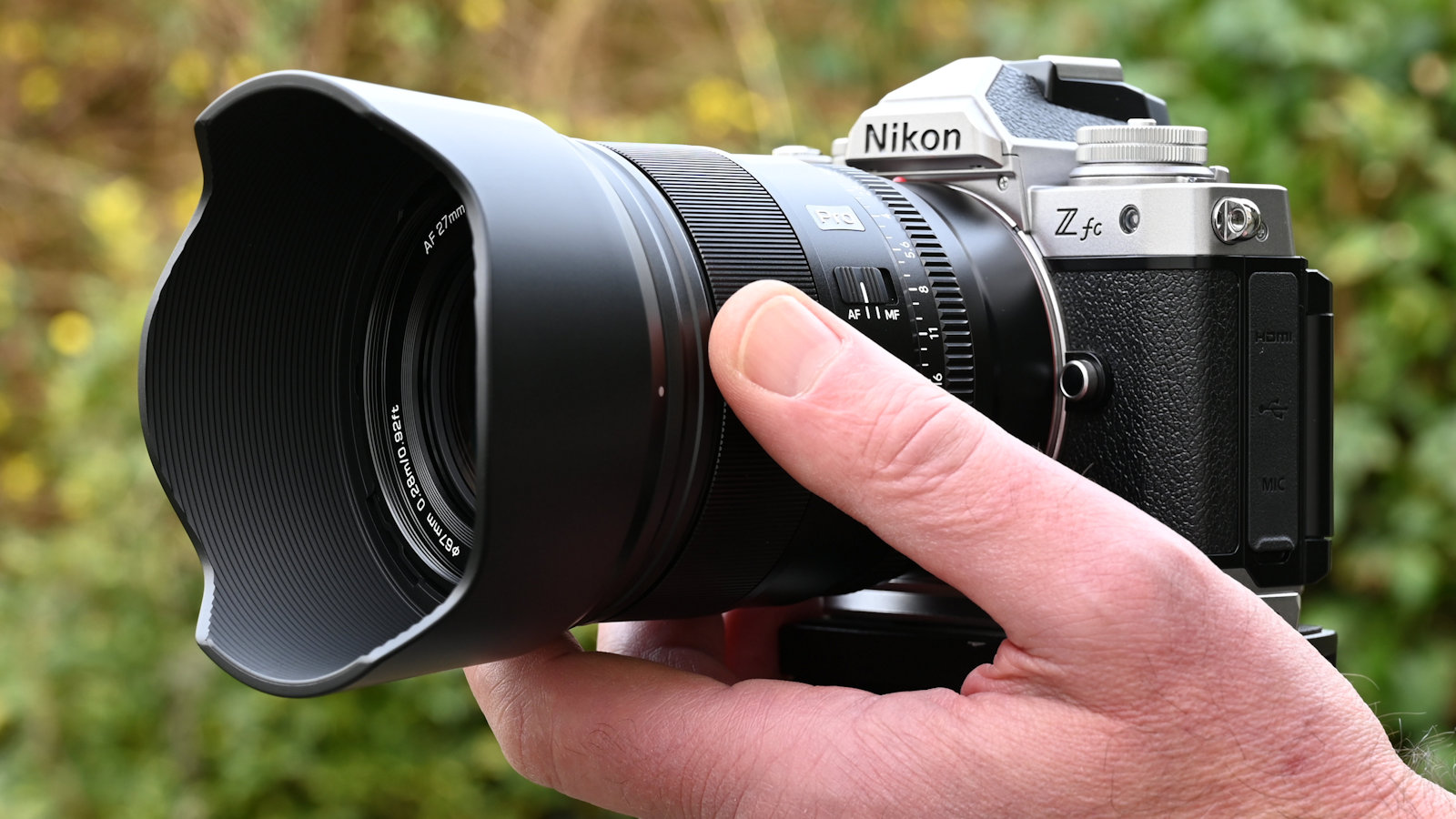
The Viltrox AF 27mm F1.2 Pro picks up the baton from some seriously good f/1.4 lenses, which are available in Fujifilm X, Nikon Z and Sony E mount options. We’ve been thoroughly impressed by the Viltrox AF 23mm F1.4 Z, Viltrox AF 33mm F1.4 Z and Viltrox AF 56mm F1.4 Z, which are all pretty much the same size and weight, plus the slightly larger Viltrox AF 13mm F1.4 Z. In fact, from a personal perspective, I’ve been so impressed by these four lenses that I’ve bought them outright as my go-to primes for when I’m shooting with my Nikon Z fc camera.
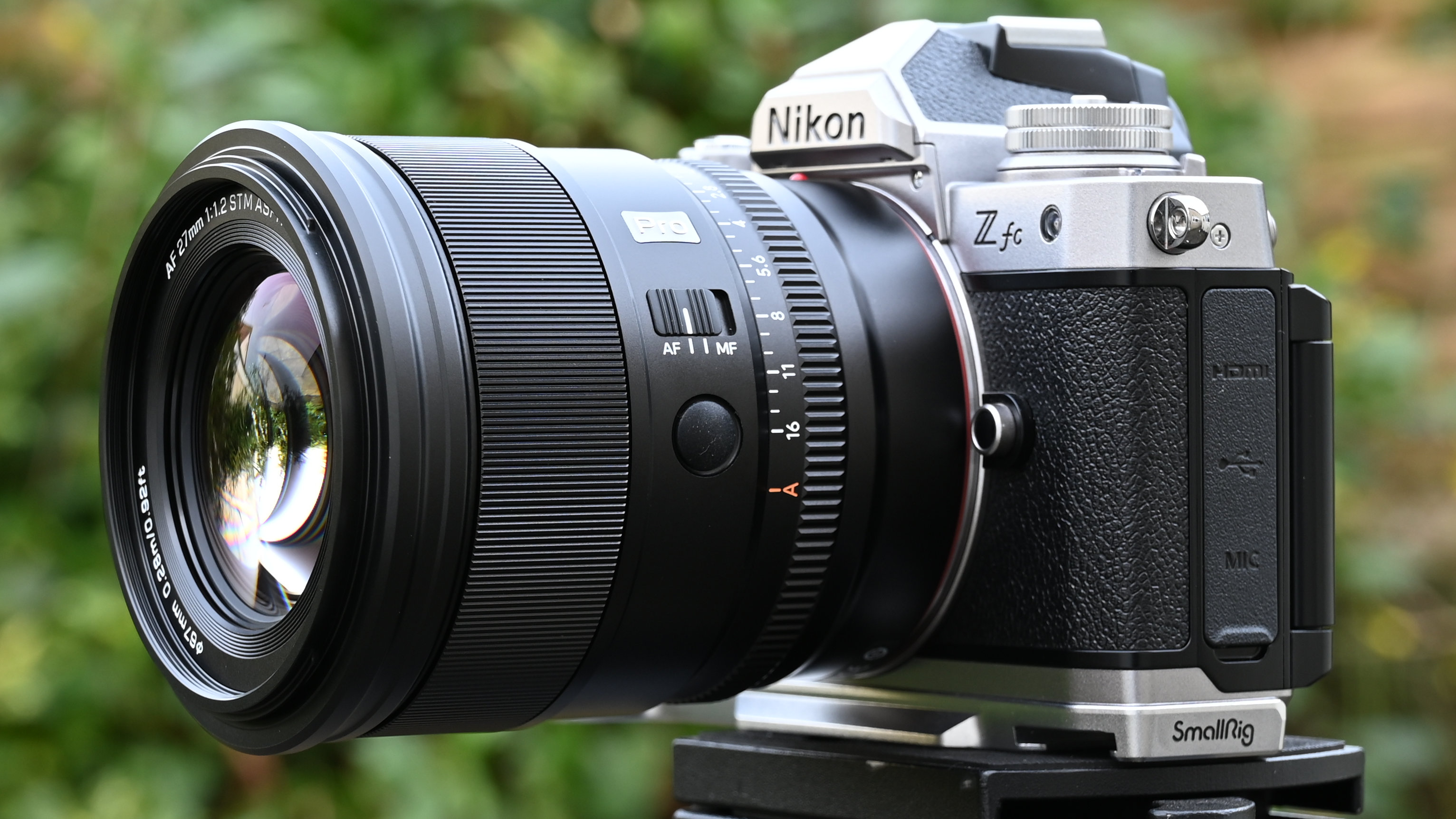
Combining fast and consistently accurate autofocus with good handling characteristics, the back-catalog of Viltrox lenses include a de-clicked aperture ring and are terrific value at the price, although the 23mm, 33mm and 56mm lack weather-seals. The newer 27mm, so far available in Fujifilm X and Nikon Z mount options, sets the bar higher with its ‘Pro’ badge and super-fast f/1.2 aperture, along with a feast of up-market features. It’s naturally bigger and heavier than the trio of 23mm, 33mm and 56mm f/1.4 lenses, and getting on for twice the price, but is still standout value for money.
Specifications
Mount: Fujifilm X, Nikon Z
Lens construction: 15 elements in 11 groups
Angle of view: 55.3 degrees
Diaphragm blades: 11
Minimum aperture: f/16
Minimum focusing distance: 0.28m
Maximum magnification ratio: 0.15x
Filter size: 67mm
Dimensions: 82x92mm
Weight: 560g
Key features
The 27mm focal length of this APS-C format lens gives an ‘effective’ 40.5mm in full-frame terms, with a viewing angle of 55.3 degrees. I really like that it’s a little wider than a standard 50mm lens but not quite as wide as a 35mm lens (again, in full-frame terms). I find the focal length works really well for everyday, walkabout shooting and street photography.
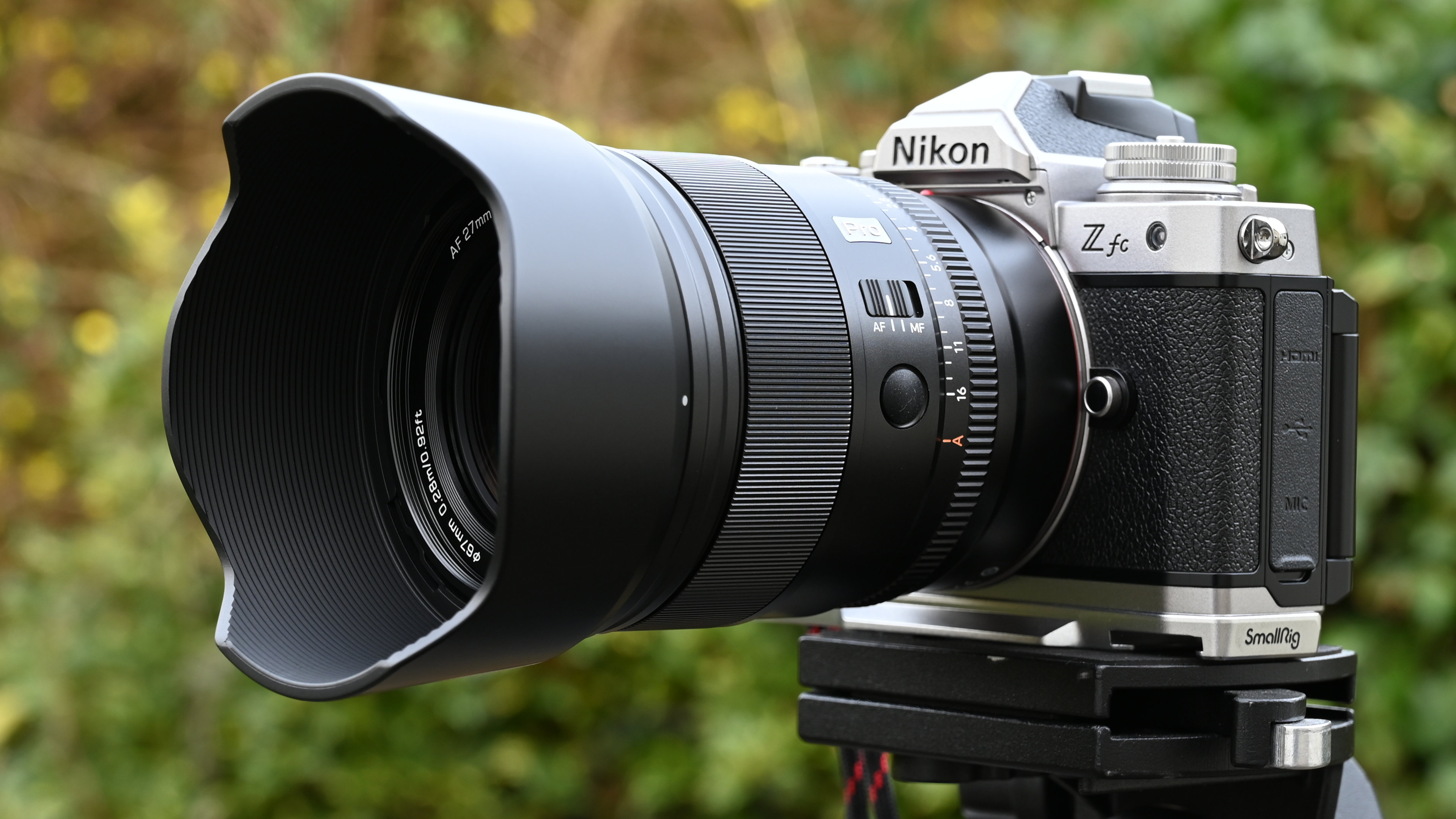
A key feature of the lens is naturally its super-fast f/1.2 aperture rating. This enables a tight depth of field, which is always more challenging with crop-sensor rather than full-frame cameras. The quality of bokeh comes to the fore and, to help maintain good bokeh when stopping down a little, the lens features a particularly well-rounded 11-blade aperture diaphragm. A further bonus of the speedy aperture rating is that you can retain fast shutter speeds for freezing action, even under gloomy or indoor lighting conditions.
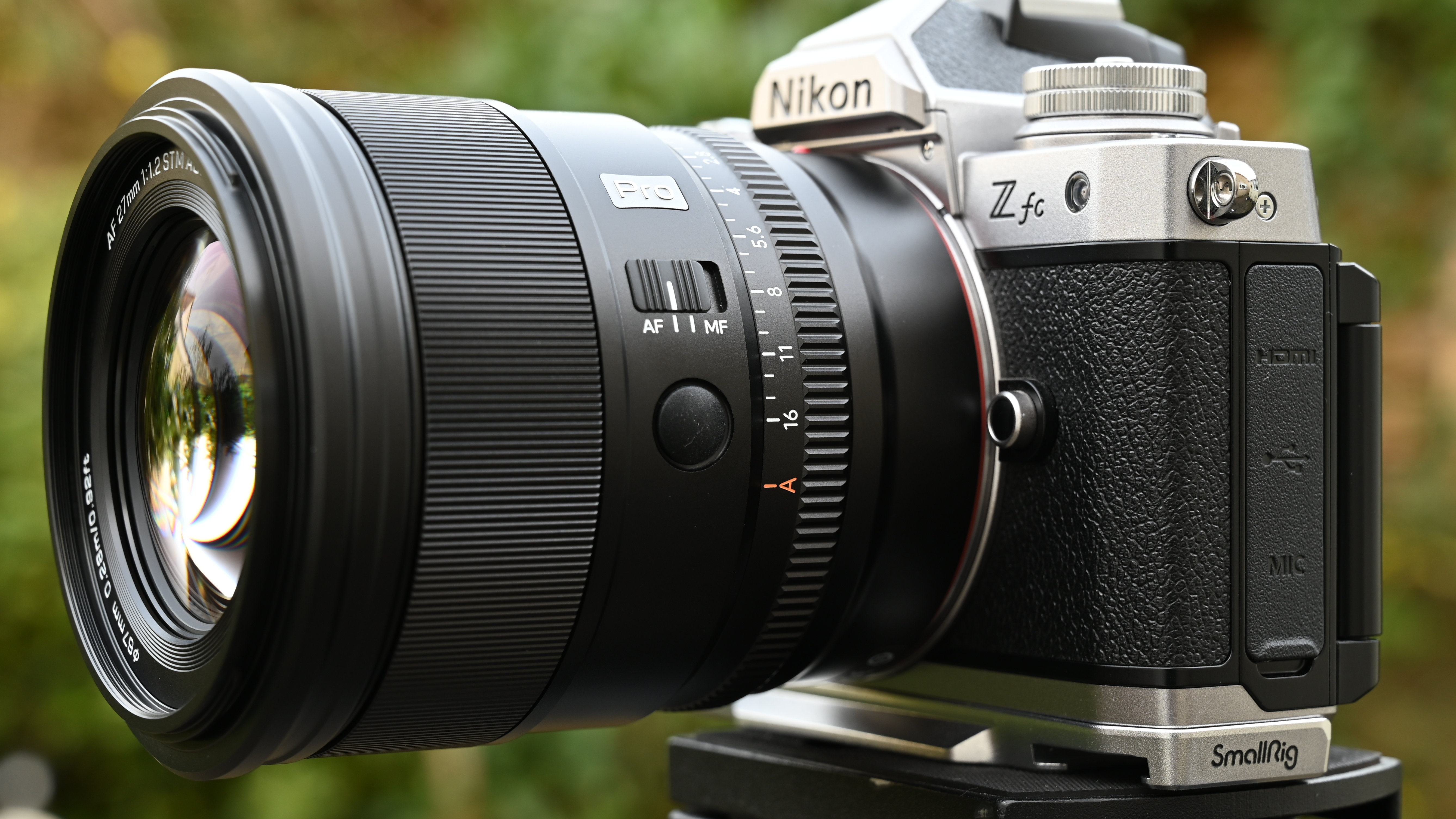
As we’ve come to expect from a lens with a linear stepping motor-based autofocus system, autofocus is fast for stills as well as being adept at delivering smooth and virtually silent transitions when shooting video.
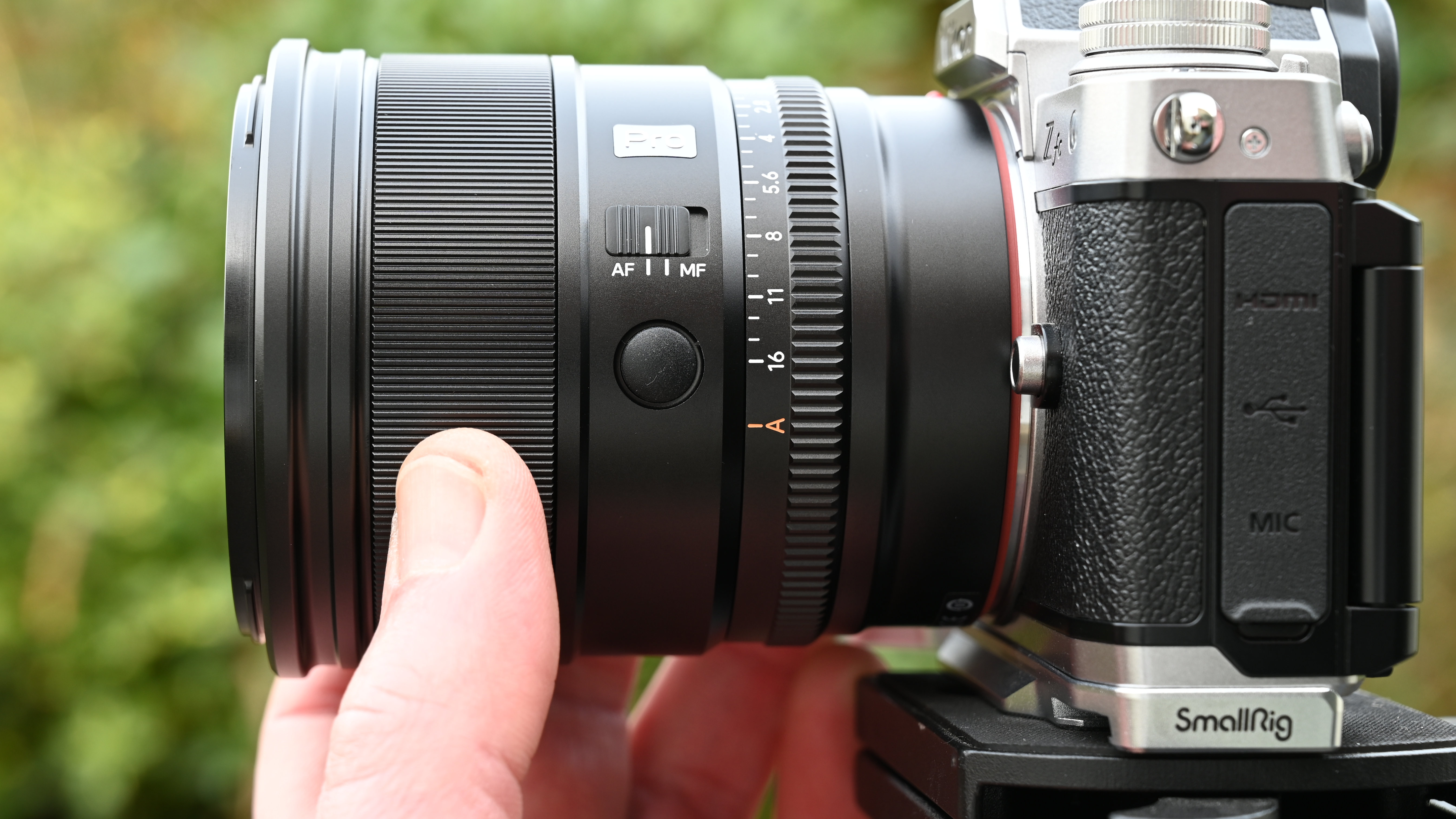
The optical path is based on no less than 15 elements, arranged in 11 groups. To maximize sharpness and clarity while minimizing unwanted aberrations, high-tech glass includes one aspherical element, five HR (High Refractive index) elements and two ED (Extra-low Dispersion) elements. Viltrox’s HD Nano multi-layer coating is also applied to minimize ghosting and flare.
A neat feature in terms of ensuring compatibility with forthcoming cameras is a USB-C port, that you can use for applying firmware updates. It’s an update over the old-style Micro USB port that we’ve seen on the other Viltrox lenses, mentioned previously.
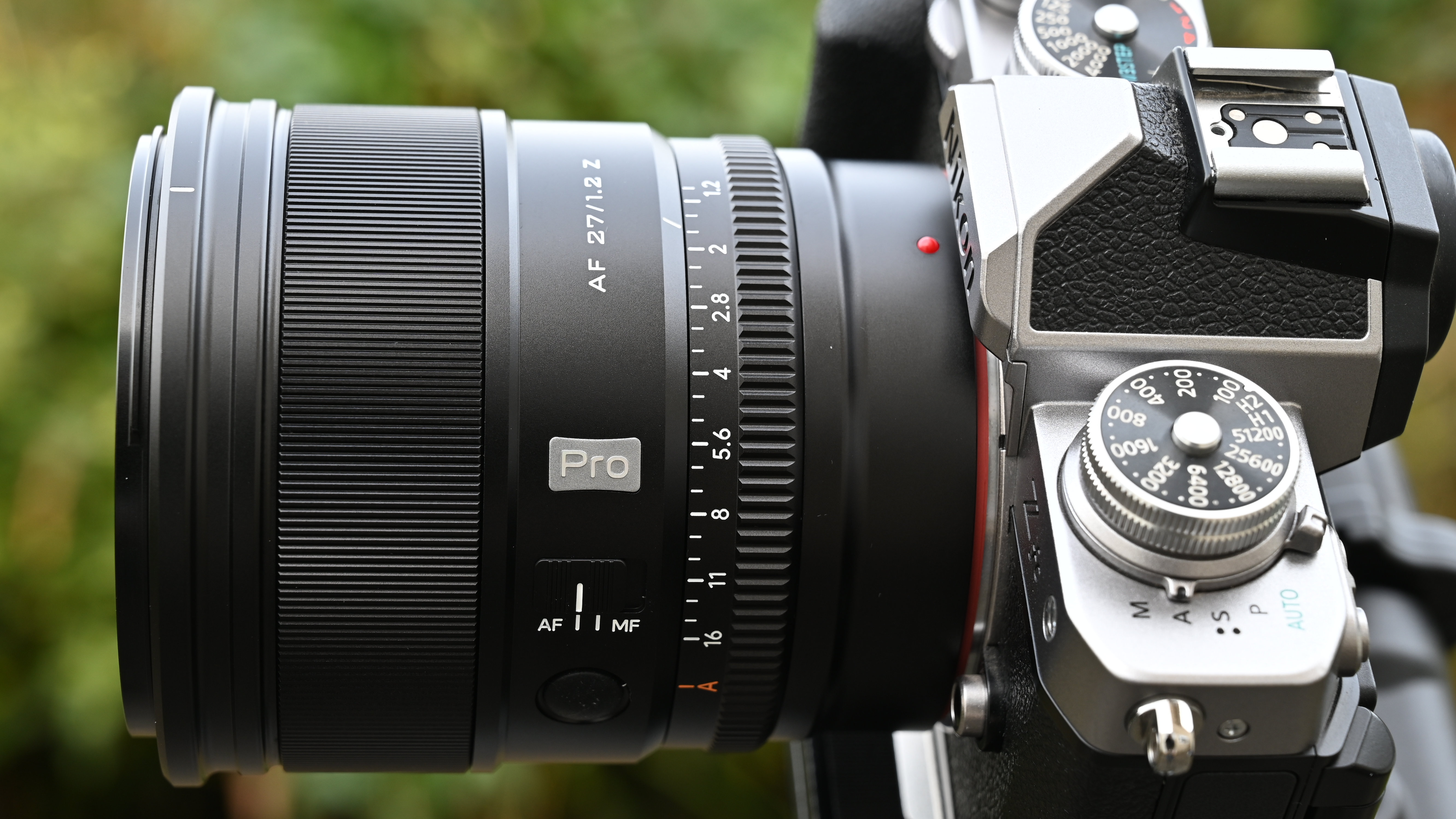
Build and handling
Build quality feels consummate with the lens’s ‘Pro’ label. The construction is based on a metal casing and a coated brass mounting plate. Unlike the Viltrox AF 23mm, 33mm and 56mm f/1.4 lenses, this one also features a full set of weather-seals. A handling bonus compared with the other lenses is that the 27mm features an AF/MF focus mode switch, which is quicker and more convenient to use compared with delving into camera menus to make the change. Another welcome addition is the customizable L-Fn button, which falls neatly under the thumb and that we tend to use for AF-hold.
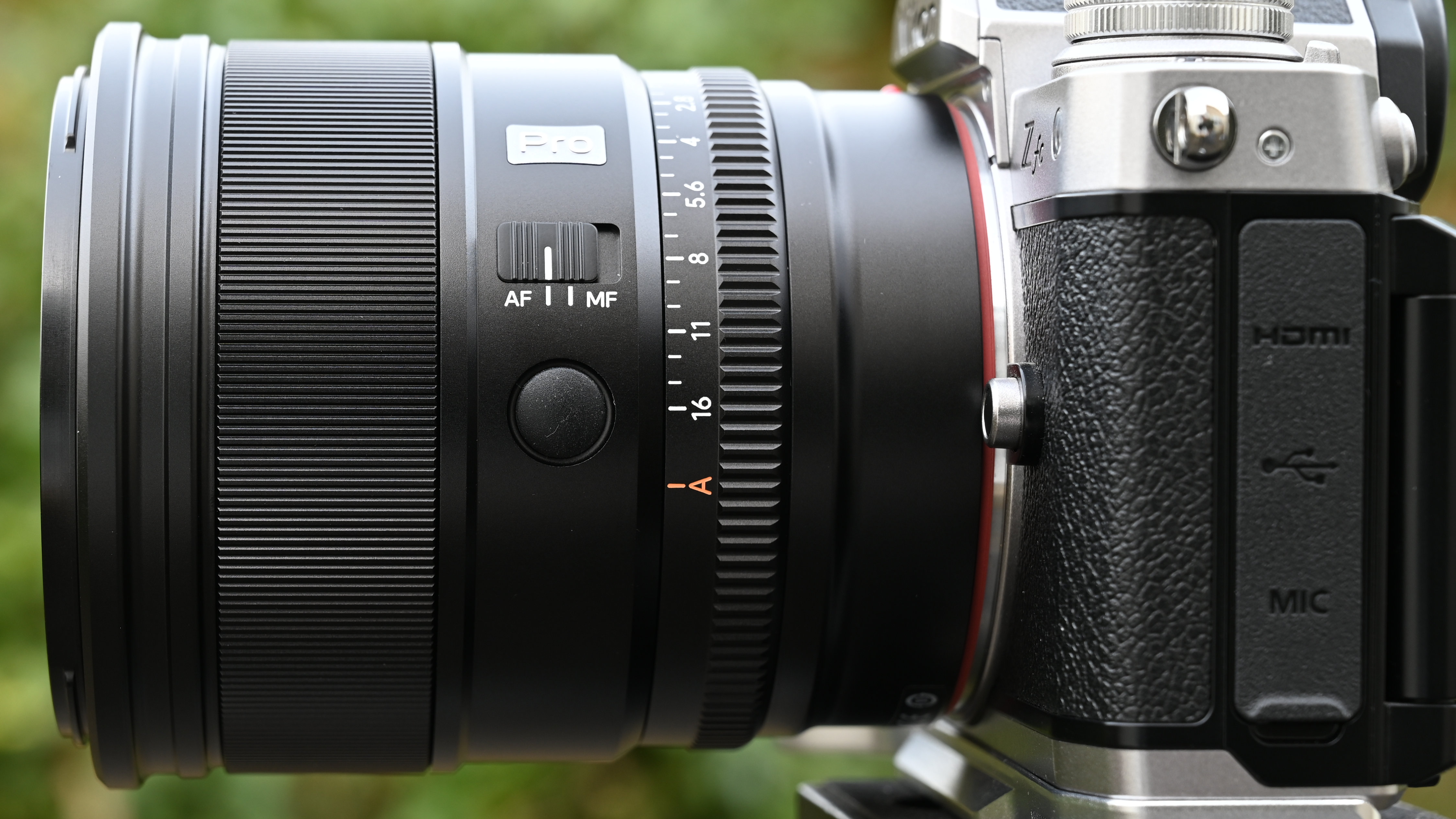
One criticism we had of the Viltrox AF 23mm, 33mm and 56mm f/1.4 lenses was that the aperture ring had no click steps and no locking switch. It was easy to inadvertently nudge the ring from its ‘Auto’ position to a narrow aperture setting. The 27mm still has no locking switch but there’s a much firmer ‘click’ from the Auto position and, throughout prolonged testing, we found that we didn’t engage manual apertures accidentally, not even once. Furthermore, the aperture control ring has one-third f/stop click steps, more ideal for stills, along with a Click on/off switch, enabling stepless aperture control when shooting video.
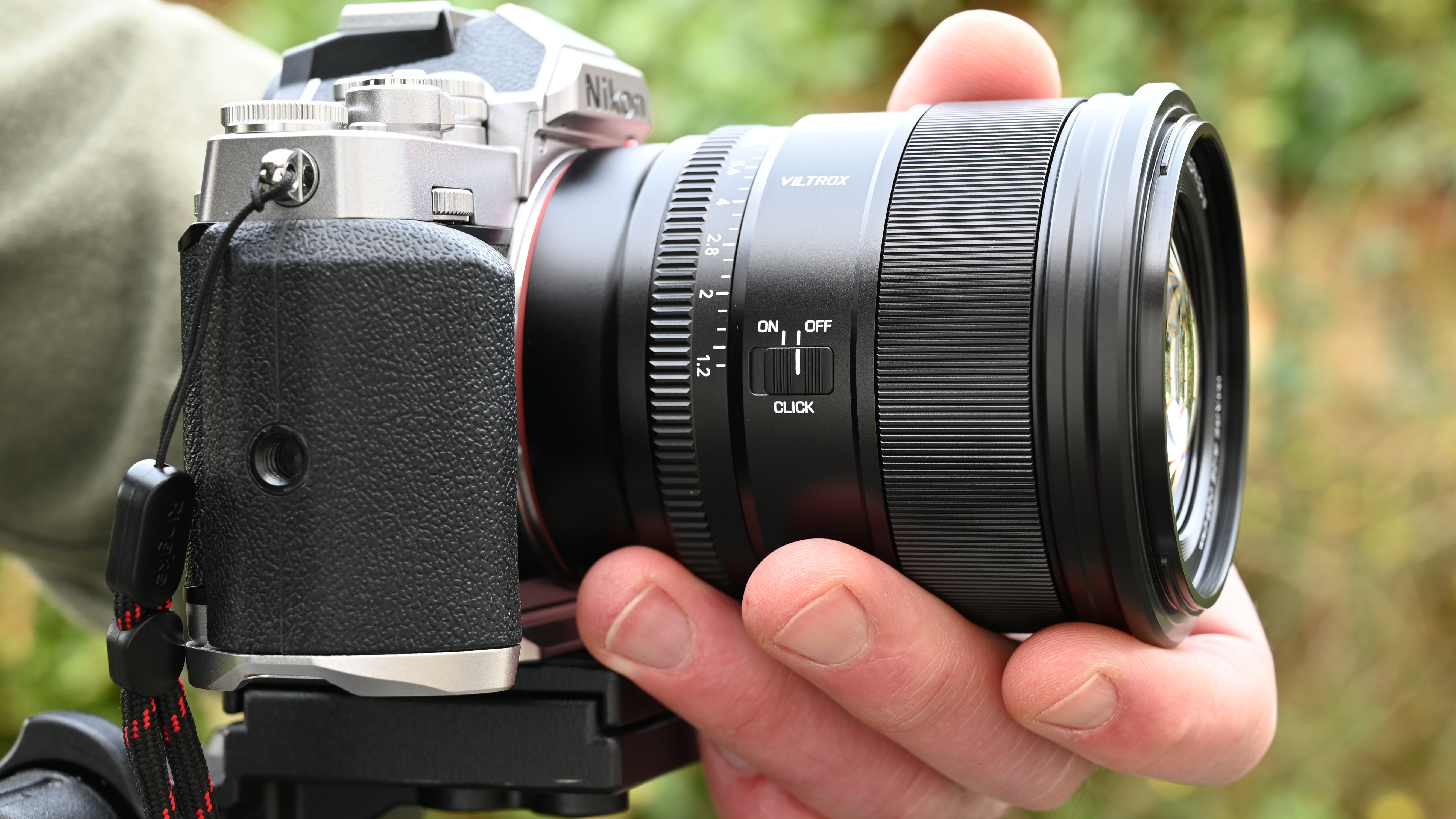
The lens comes complete with a petal-shaped, bayonet-fit hood and a stylish soft pouch for stowage. The filter attachment thread of 67mm is pretty modest for an f/1.2 lens, even by crop-sensor standards. It’s actually the same size as in the Viltrox AF 13mm f/1.4 lens but larger than the 52mm thread shared by the AF 23mm, 33mm and 56mm f/1.4 lenses. In its entirety, the lens has a physical size and weight of 82x92mm and 560g. That’s noticeably larger and getting on for twice the weight of the f/1.4 trio of 23mm, 33mm and 56mm lenses but still feels easily manageable and very well balanced on slimline Fujifilm and Nikon crop-sensor cameras.
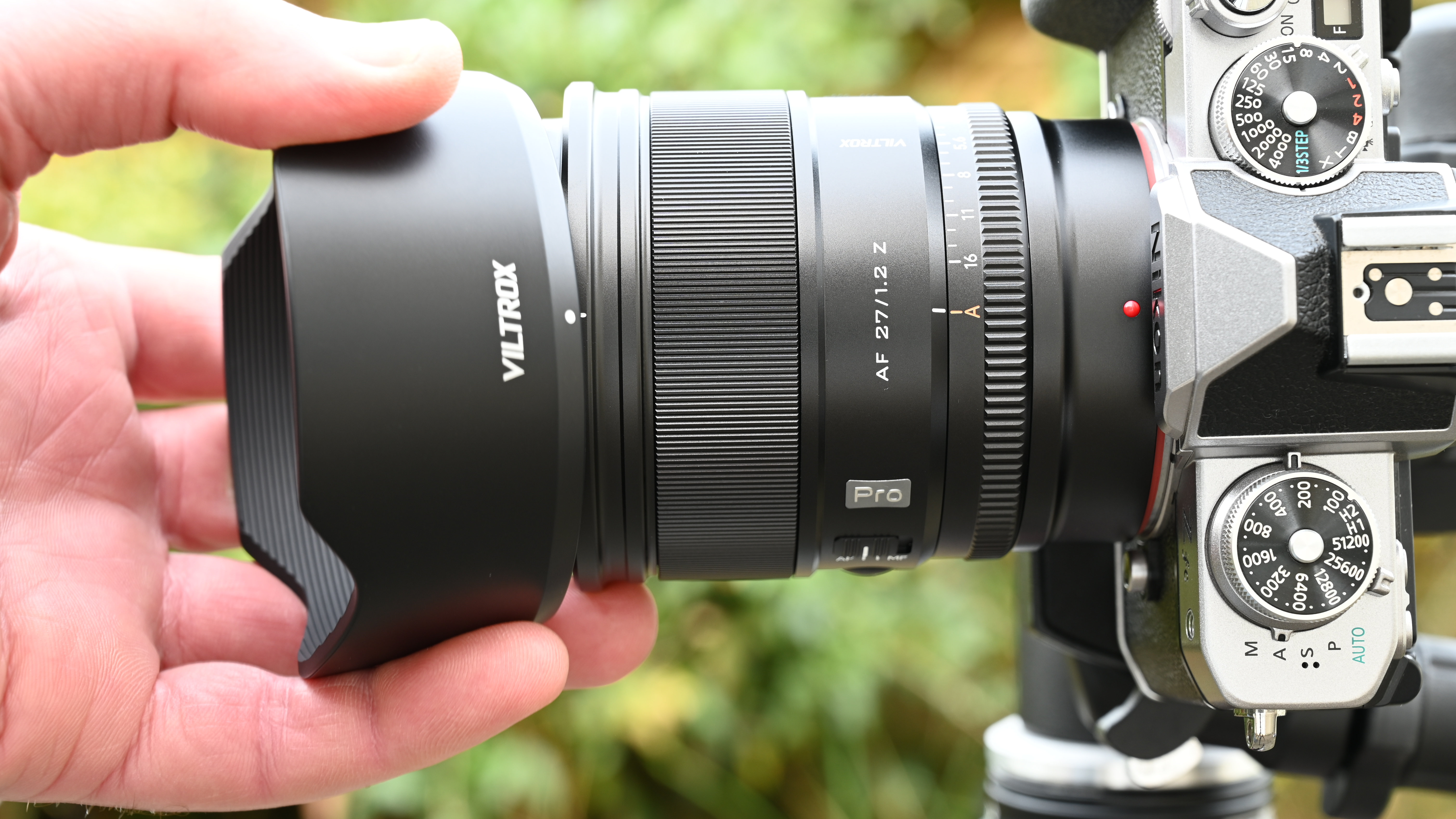
Performance
As advertised, autofocus is very quick and virtually silent, and proved consistently accurate in our tests with a Nikon Z fc. Naturally, fast autofocus and great handling are of little use if optical quality doesn’t hit the spot. The Viltrox shines through with excellent sharpness and clarity, even when shooting wide-open at f/1.2. And for such a ‘fast’ lens, wide-open sharpness bears up very well even at the extreme edges and corners of the image frame. As an aside, we used the lens to shoot product photography for our 3 Legged Thing Zelda L-bracket review, throughout which it was sufficiently sharp to draw full attention to all the small print and even near-microscopic particles of dust. Cue an advert for microfiber cleaning cloths.
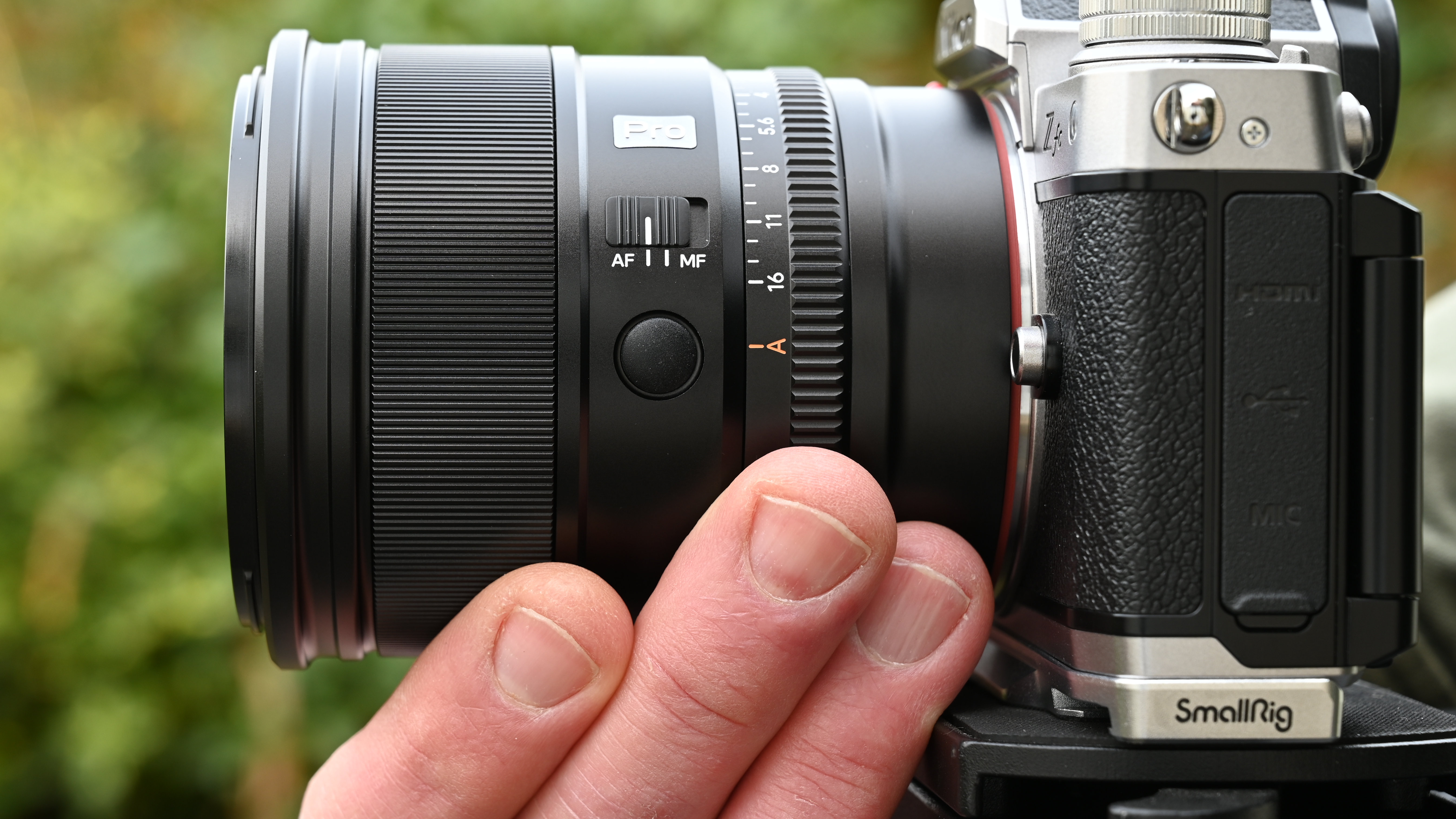
For creative photographers, the quality of bokeh is arguably every bit as important as sharpness, and the Viltrox does very well here. Defocused areas in images look soft and smooth, with a natural transition in the roll-off between focused and defocused parts. Bokeh disks produced by defocused pinpricks of light and other bright points are smooth and have fairly soft outlines, although they do take on irregular shapes away from the central region of the image frame, which is very common.

Super-fast lenses often produce noticeable axial/longitudinal chromatic aberration when shooting at their widest apertures. This shows up as color fringing around high-contrast transitions in scenes, just in front of and behind the plane of focus. The Viltrox does very well to keep this aberration to a minimum, and the same goes for lateral chromatic aberration, which is more commonly a problem towards the edges and corners of the frame, at any aperture setting.
There’s very little distortion but vignetting can be noticeable when shooting at the widest aperture, although this might actually be viewed as attractive from a pictorial point of view. Either way, it can be reduced with automatic in-camera correction if desired.
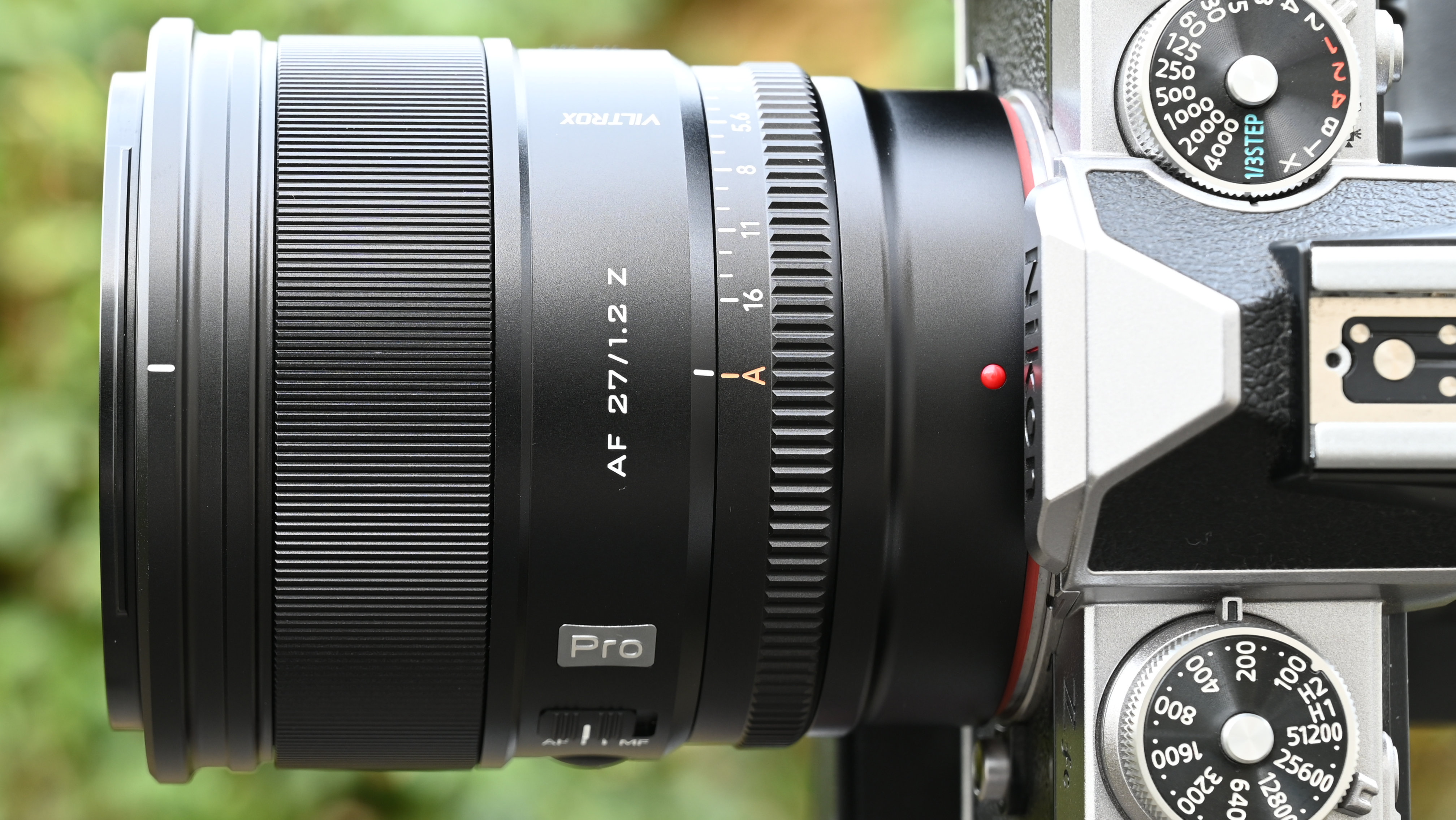
All in all, performance is excellent and entirely consistent with the lens’s ‘Pro’ tag, including pro-grade lenses that cost massively more to buy.
Sample images







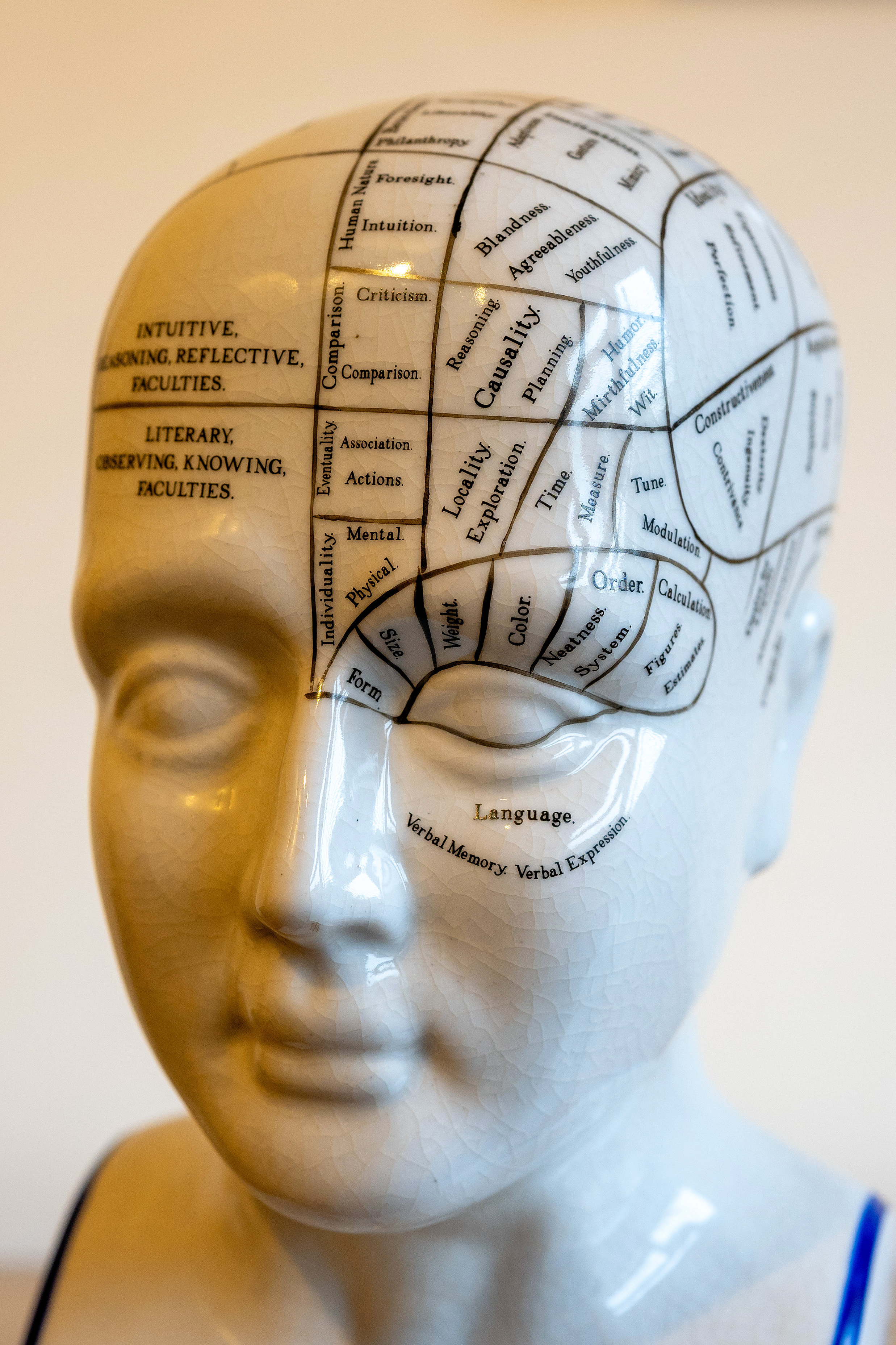
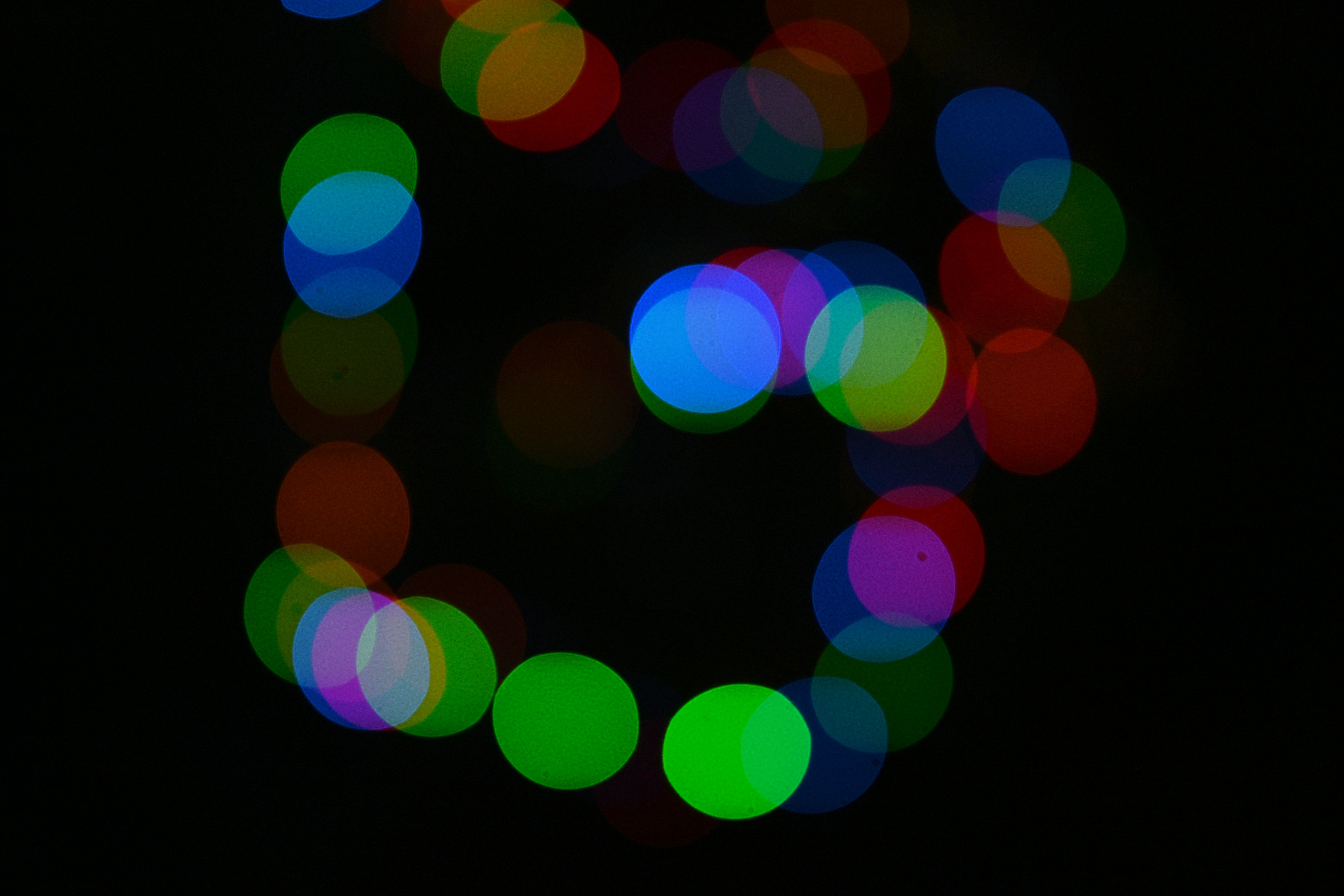
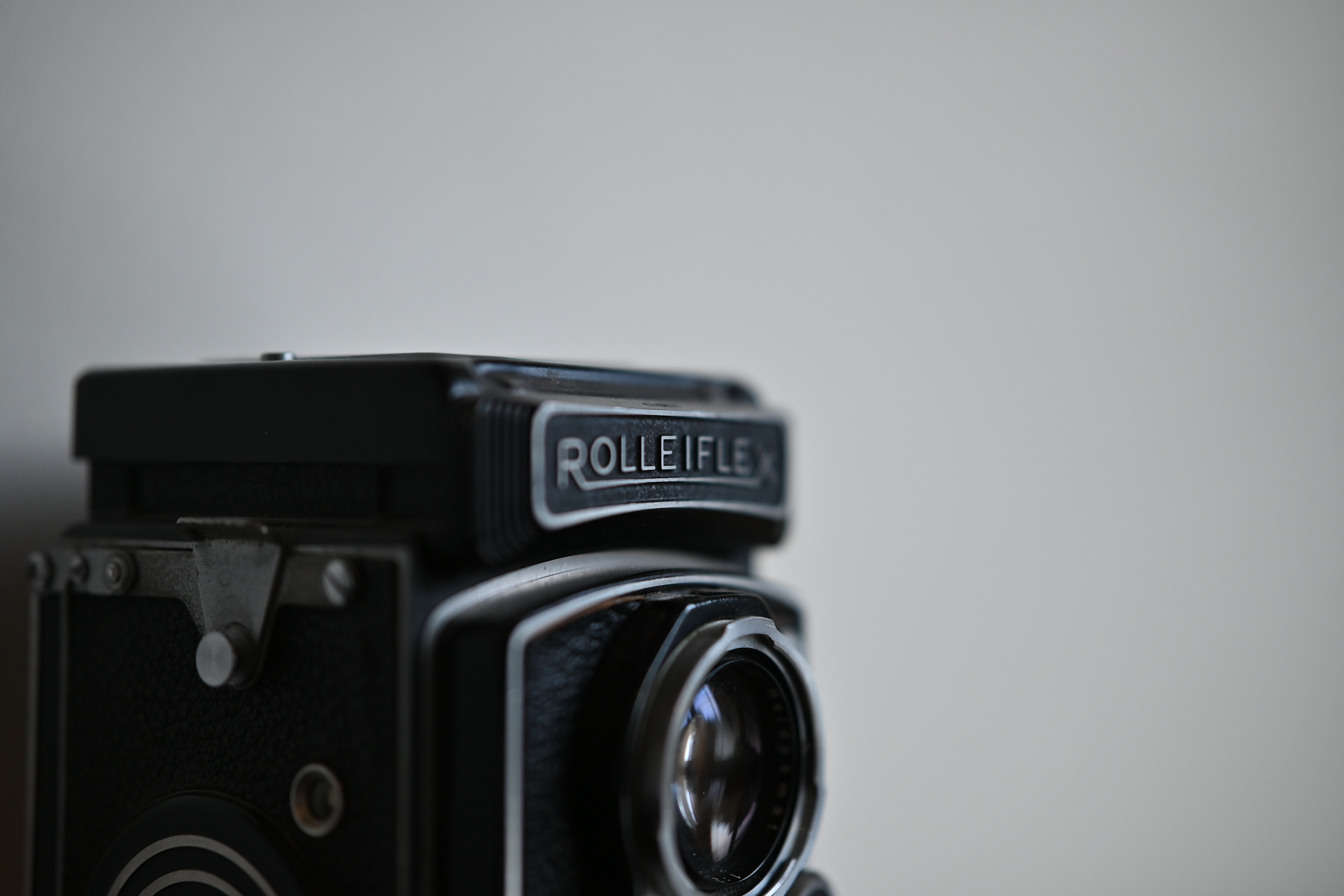
Lab results
We run a range of lab tests under controlled conditions, using the Imatest Master testing suite. Photos of test charts are taken across the range of apertures and zooms (where available), then analyzed for sharpness, distortion and chromatic aberrations.
We use Imatest SFR (spatial frequency response) charts and analysis software to plot lens resolution at the center of the image frame, corners and mid-point distances, across the range of aperture settings and, with zoom lenses, at four different focal lengths. The tests also measure distortion and color fringing (chromatic aberration).
Sharpness:
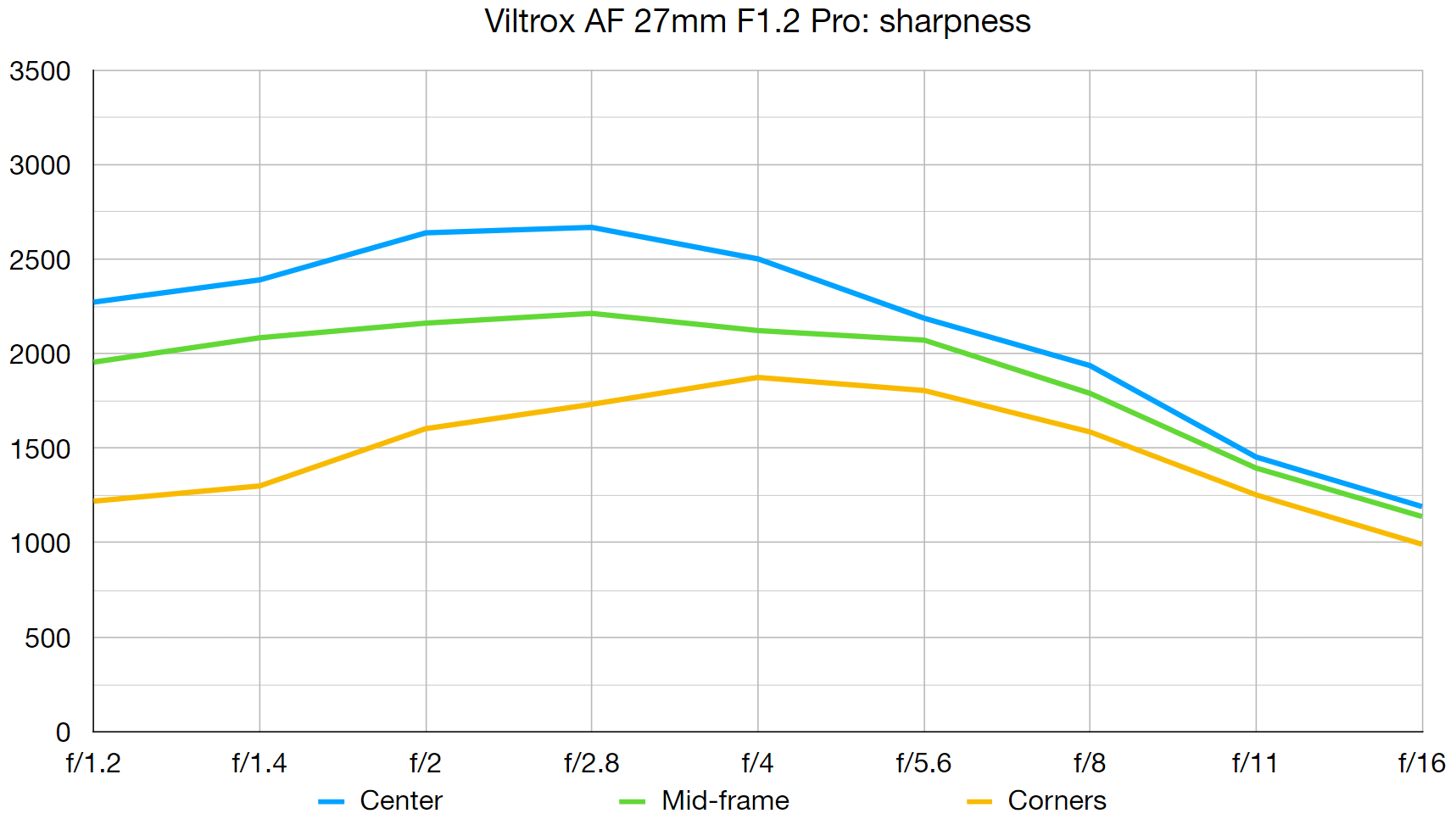
For such a fast f/1.2 lens, sharpness is nothing short of astonishing when shooting wide-open and it holds up very well even out at the extreme edges and corners of the frame. From f/2 through to f/8, corner-sharpness is simply epic.
Fringing:
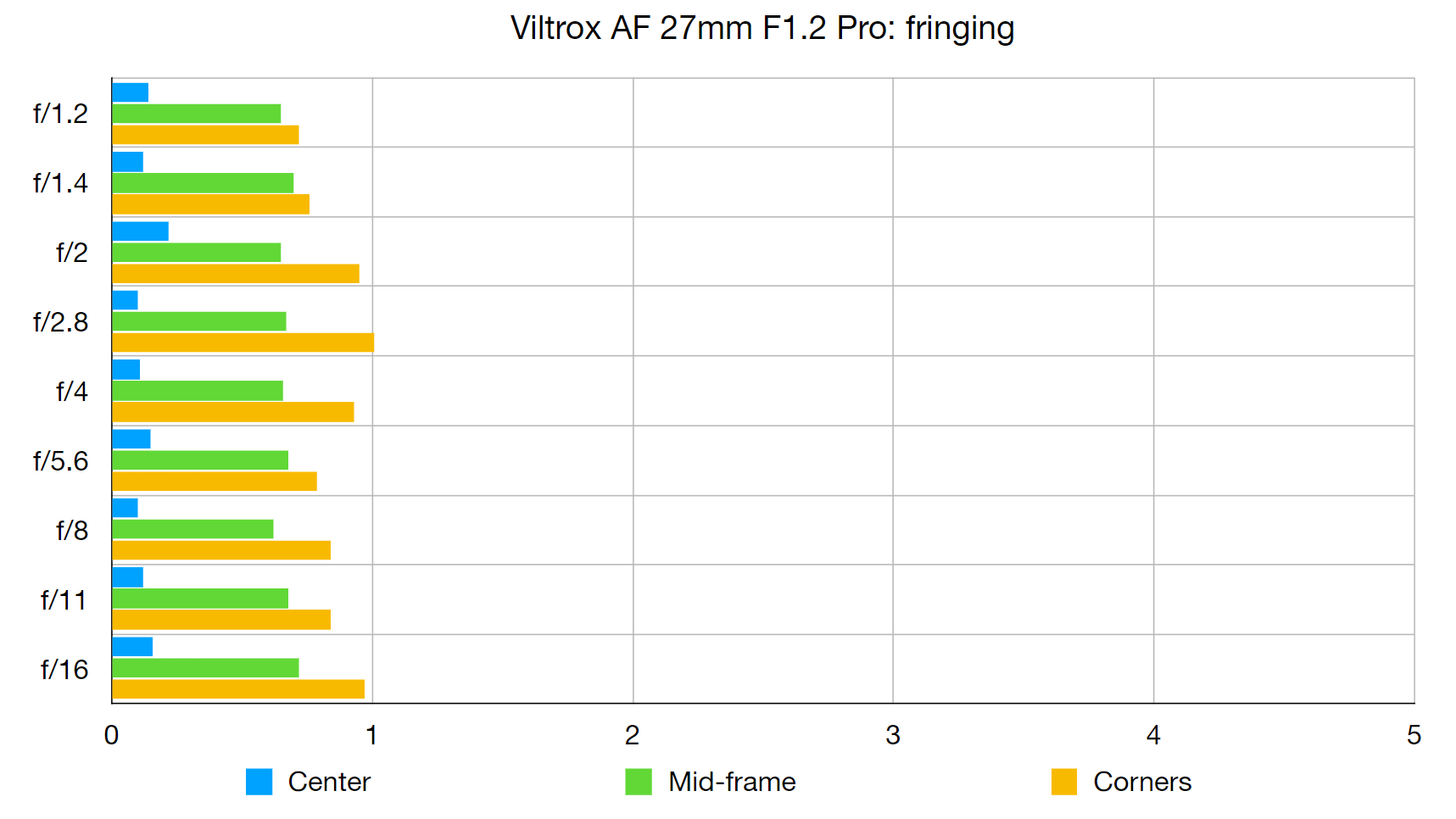
There’s very little lateral chromatic aberration even at the edges and corners of the image frame, throughout the entire aperture range. The lens also keeps a tight rein on lateral/axial chromatic aberration, scoring very well on both counts.
Distortion: -0.91
There’s just a slight hint of barrel distortion but, as with lateral chromatic aberration, this is easily within the remit of automatic in-camera correction.
Verdict
We’ve been really impressed by the range of fast f/1.4 autofocus prime lenses from Viltrox, for Nikon Z DX and other brands of crop-sensor mirrorless cameras. The new 27mm F1.2 sports a ‘Pro’ badge and takes everything to a new level. It has superb build quality, sublime handling, a super-fast f/1.2 aperture and delivers fabulous image quality and all-round performance. But there’s extra wow-factor in the price tag. We’d happily pay three or four times as much for a lens of this quality. It's a steal!
Read more:
• Best camera lenses to get
• Best Canon lenses
• Best Nikon lenses
• Best Sony lenses







